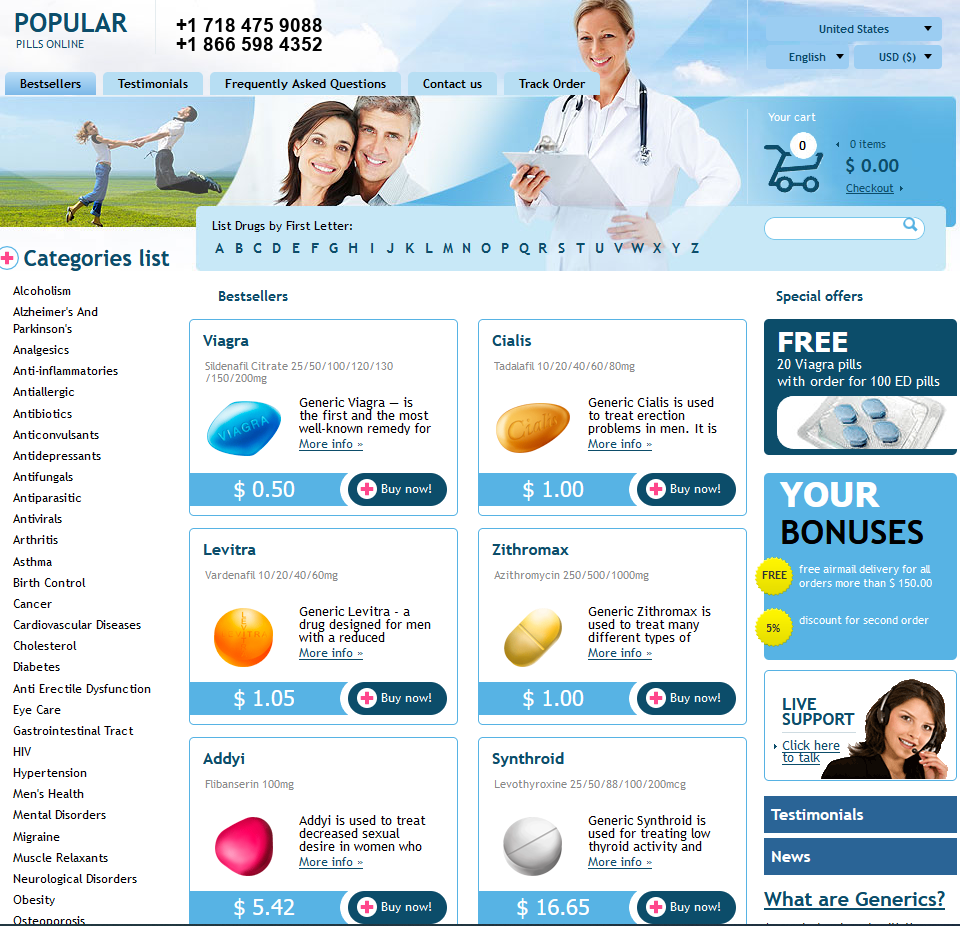Click HERE To Buy Amoxicillin Online ↓
 Pediatric Use of Amoxicillin: Safe and Effective?
Pediatric Use of Amoxicillin: Safe and Effective?
Understanding Amoxicillin: What Parents Need to Know
Amoxicillin is a widely used antibiotic prescribed to combat various bacterial infections in children. Its primary function is to inhibit the growth of bacteria, making it effective for ailments like ear infections, strep throat, and sinusitis. However, understanding how this medication works and recognizing its limits is crucial for ensuring its safe use.
Parents should know that amoxicillin is most effective when administered as directed by a healthcare provider. It's important to complete the entire prescribed course, even if symptoms improve early. Stopping treatment too soon can lead to bacterial resistance, rendering the antibiotic ineffective for future infections.
```html
| Amoxicillin Fact | Details |
|---|---|
| Function | Inhibits bacterial growth |
| Common Uses | Ear infections, strep throat, sinusitis |
| Importance of Full Course | Prevent bacterial resistance |
While generally safe, amoxicillin is not free from potential side effects. Mild issues like stomach upset can occur, and parents should monitor their child for any unusual reactions. Always consult with a pediatrician if there are concerns about the medication's effectiveness or side effects.
Common Pediatric Infections Treated by Amoxicillin

Children frequently encounter a variety of bacterial infections, and amoxicillin is often the go-to antibiotic for conditions like ear infections (otitis media), strep throat, and respiratory infections. Its effectiveness, coupled with a relatively mild side-effect profile, makes it a preferred choice for pediatricians. These infections not only take a toll on a child's well-being but also disrupt everyday family life, making a reliable treatment crucial. Parents should feel reassured knowing that amoxicillin is extensively researched and trusted in pediatric care.
Ear infections, in particular, are one of the most common reasons children are prescribed amoxicillin. This antibiotic is efficient in clearing up the bacteria causing the discomfort and pain associated with earaches. Additionally, respiratory infections like bacterial pneumonia and sinusitis are often treated successfully with amoxicillin, helping to alleviate symptoms swiftly. The medication works by directly targeting the bacterial cell walls, ensuring rapid reduction in infection severity and duration, thereby improving children's overall health rapidly.
Another common condition treated with amoxicillin is strep throat, a bacterial infection characterized by a sore, scratchy throat. When administered correctly, amoxicillin not only alleviates the painful symptoms but also helps in preventing complications such as rheumatic fever. Given its broad-spectrum efficacy, amoxicillin is a versatile agent in the pediatric arsenal, making it a reliable and effective choice for treating a multitude of bacterial infections in children.
Dosage Guidelines: Ensuring Safety and Effectiveness
Administering amoxicillin to children requires careful consideration of dosage to optimize its effectiveness while minimizing risks. The dosage is generally determined based on the child's weight, age, and the severity of the infection. It's critical to follow your pediatrician’s prescription and not to deviate from their recommendations, as both underdosing and overdosing can have serious implications.
To ensure the safe use of amoxicillin, parents should use a calibrated measuring device to administer the prescribed amount accurately. Additionally, complete the full course of the antibiotic even if the child seems to recover before finishing the medication. This practice helps prevent the development of antibiotic-resistant bacteria and ensures the infection is fully eradicated.
Potential Side Effects and How to Manage Them

Amoxicillin is generally well-tolerated, but like any medication, it can come with side effects. Common issues include gastrointestinal discomfort, such as nausea or diarrhea. To mitigate these, ensure your child takes the medicine with food. Less frequently, children may experience behavioral changes or dizziness; monitoring and a calming environment can help manage these symptoms. Rare but serious side effects, like liver damage, require immediate medical attention. Always consult your pediatrician if you notice any severe or unusual symptoms while your child is on amoxicillin.
Allergic Reactions: Signs, Symptoms, and Precautions
Amoxicillin, while effective for treating various pediatric infections, can occasionally cause allergic reactions. Recognizing the signs is crucial for timely intervention. Symptoms can range from mild to severe, including rashes, hives, itching, and in more serious cases, difficulty breathing, swelling of the face, lips, or tongue, and anaphylaxis. Parents should monitor their child closely after administering amoxicillin, especially during the first few doses.
Precautions are essential in managing these risks. Always inform your pediatrician about any known allergies your child has before starting treatment with amoxicillin. If any signs of an allergic reaction occur, discontinue the medication immediately and seek medical attention. Carrying an antihistamine can be helpful for mild reactions while being prepared to use an EpiPen for severe cases is recommended.
| Allergy Symptoms | Actions to Take |
|---|---|
| Rashes, Hives, Itching | Monitor and consult your pediatrician |
| Swelling, Breathing Difficulty | Immediately discontinue amoxicillin and seek emergency care |
| Anaphylaxis | Use an EpiPen and call emergency services |
When to Consult Your Pediatrician about Amoxicillin
Recognizing when to seek guidance from your pediatrician can ensure the safe and effective use of amoxicillin for your child. One critical moment to consult your doctor is if your child exhibits severe or persistent symptoms despite completing the prescribed course. This could indicate that the infection is resistant to the antibiotic or that a different medical condition might be responsible for their symptoms.
Additionally, it is important to reach out to your pediatrician if your child exhibits any side effects that seem particularly severe or alarming, such as difficulty breathing, severe rash, or swelling, which could signal an allergic reaction. Understanding these responses early can safeguard your child's health and prevent complications.
Lastly, always consult your pediatrician if you have concerns about the dosage or if you missed a dose. Consulting sooner rather than later can prevent underdosing or overdosing, both of which can lead to ineffective treatment or increased risk of side effects. Proactive communication with your pediatrician is key to ensuring safe and effective treatment for your child.

Greendale Physical Therapy, LLC helped me regain the strength in my ankles and feet to keep me walking and continue to exercise and golf. The staff are all well skilled, pleasant, and supportive. I would highly recommend them to my friends for PT. They are a great group!
Clinton Patient
Shrewsbury Clinic
280 Boston Turnpike
Shrewsbury, MA 01545
T: 508-753-7780
F: 508-753-7719
Worcester Clinic
120 Gold Star Boulevard
Worcester, MA 01545
T: 508-459-5000
F: 508-459-5900
Clinton Clinic
145 Church Street
Clinton, MA 01510
T: 978-598-3155
F: 978-365-5600
Marlborough Clinic
435 Lakeside Avenue
Marlborough, MA 01752
T: 508-488-4110
F: 508-485-0080
Fitchburg Clinic
28 Ashby State Road,
Fitchburg, MA 01420
T: 978-400-3690
F: 949-756-4811
Aquatics
766 Main Street Worcester,
MA 01610
T: 508-459-5000
F: 508-459-5900
Greendale Physical Therapy
©2023



